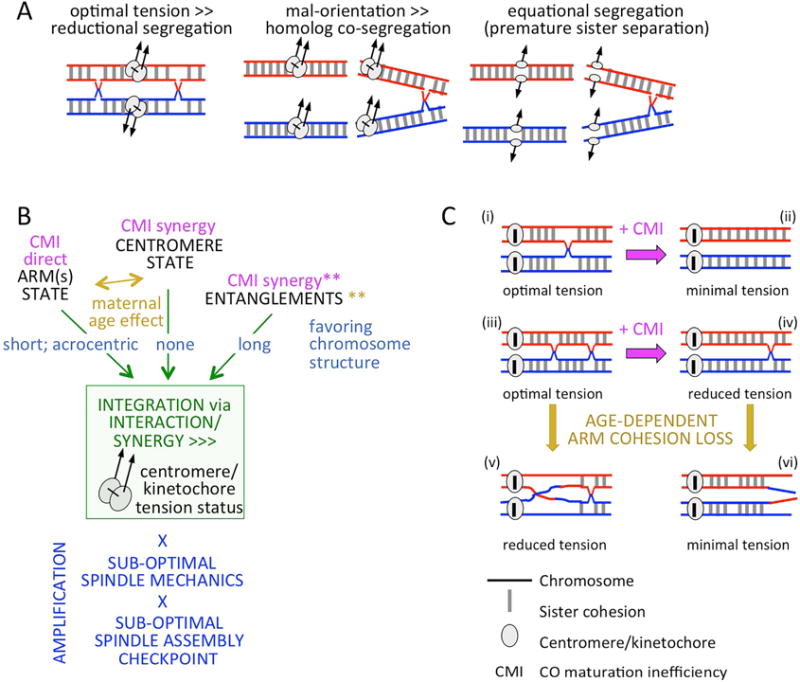Figure 6. Contribution of CO maturation inefficiency to human female aneuploidy.

(A left): regular MI segregation. (A middle and right): two types of mis-segregation due to suboptimal level of tension imposed upon homolog kinetochore complexes (as created by absence of a CO/chiasma or presence of distal COs/chiasmata; illustrated for one arm only). (B) The kinetochore complex (rectangle) can serve as a hub for integrating diverse interactive/synergistic inputs (e.g. CO maturation inefficiency (CMI) and loss of sister cohesion (maternal age effect)) into its overall “tension status” as determined by the level of tension that is either exerted upon the complex, or is sensed or transduced by the complex to the segregation process (green arrows). **When persistent, entanglements can synergize with the above effects (text), or they can be resolved by CMI and age-dependent cohesion loss. Centromere/kinetochore tension status can also be amplified by sub-optimal spindle function and/or sub-optimal SAC (bottom, blue). (C) CMI can create the two at-risk configurations shown in panel (A): (i)–(ii) and (iii)–(iv). Age-dependent loss of cohesion can cause loss of chiasma(ta) from CO-containing bivalents (iv-to-vi) or reduced mechanical linkage between chiasma and kinetochore (e.g. iii-to-v). (Illustrated for one chromosome arm only).
